Biology > Study Notes > Nicoles DAT Biology Summary Notes For Review ( EXCELLENT STUDY MATERIAL, DOWNLOAD TO SCORE GRADE A ) (All)
Nicoles DAT Biology Summary Notes For Review ( EXCELLENT STUDY MATERIAL, DOWNLOAD TO SCORE GRADE A )
Document Content and Description Below
Nicole’s Biology Notes Summary Notes for Review This version is meant as a quick review. For a detailed version, please visit Nicole’s Notes Pro.Specifically for the Canadian DAT 2 What are ar... e these notes? Hi, my name is Nicole and I wrote the Canadian DAT in 2017. I ended up scoring a perfect 30 in the biology section by using a wide variety of resources mainly aimed for the American DAT. It wasn’t until after I wrote the Canadian DAT that I noticed that there are definitely some large discrepencies between the American and Canadian DAT. Since almost every resource out there is created for the American DAT, this meant that I ended up spending valuable time knowing extra unnecessary information that I didn’t need to know in the first place. So I promised myself if I scored well on the Canadian DAT, I would contribute back to help my fellow Canadians. This is why I created these notes, bringing inspiration from several popular resources. I’ve cut out all the unnecessary information that we don’t need to know for the Canadian DAT and included ONLY the information that’s fair game for the Canadian DAT. All of the topics here are from the official Canadian Dental Association’s website. You should use this document to help guide you on what to review for the Biology section of the Canadian DAT. This document does not go into every detail as it assumes you have some background on these topics and so I recommend using it with a supplementory resource if needed (Example: DATBootcamp Biology Academy or Cliff’s AP Biology 3rd Edition). Regardless of what you use to study, focus on learning a broad range of topics for biology since the Canadian DAT tends to throw a few questions that you might have never seen before. If you have any questions or would like to reach out to me, you can reach me at: [email protected]. How to prepare for the Canadian DAT? I used a variety of resources including Cliff's AP biology textbook, Ferralis Notes, and Khan Academy. But there’s a lot of unnecessary information in these resources that you don’t need to know for the Canadian DAT, so I filtered them out for you in order to save you valuable time. There’s also a lot of information covered on the Canadian DAT that’s not on the American DAT, so I’ve also included that information in here too. If you can understand the concepts and memorize everything in this document, you will do well. For any information that you need further clarification, I would recommend using Khan Academy videos as it doesn’t go into uneccessary detail we do not need to know. After you have reviewed these notes, I would highly recommend using DATCrusher’s Practice Tests to gauge your performance since their questions and practice tests are the most high-yield and by far the most representative tests for the Canadian DAT. In fact, I had a few questions on my DAT that were from DATCrusher’s practice tests. Try completing ONE practice test every SEVEN days leading up to the DAT so that you can see how you are doing. And always try to focus on areas where you’re not doing well. You can also use the CDA’s manual practice test as it’s good practice but beware that it’s outdated and has not been updated for over 10 years while the DAT has changed. Lastly, the Canadian DAT Biology section is more of a memorization test than thinking-based exam unlike the American DAT. I would highly prioritize memorizing as much as you can while understanding the concepts. That being said, don’t get carried away and memorize every small detail such as specific enzyme names/pathways/mechanisms, the Canadian DAT won’t test you on that type of information. The Canadian DAT will only test you on your broad knowledge on biology topics. Best of luck!Specifically for the Canadian DAT 3 Table of Contents Chapter 1. Cell and Molecular Biology 1.1 Biology Basics………………………………………………………........ Page 5 - 7 1.2 Organelle structure and function……………………………………….. Page 8 - 11 1.3 Cell metabolism (including photosynthesis)…………………………... Page 12 - 20 1.4 Mitosis/meiosis……………………………….…………………………...Page 20 - 24 1.5 Enzymology…………..……………………….…………………………...Page 25 - 25 1.6 Thermodynamics……………………………….………………………....Page 26 - 26 1.7 Origin of Life……………………………….………………………...........Page 26 - 27 Chapter 2. Diversity of Life 2.1 Biological organization and relationship of major taxa (using the five-kingdom system: monera, planti; anamalia; protista; fungi) …………………………Page 28 - 44 Chapter 3. Structure and Function of Systems 3.1 Structural and Organ System Basics…………………………………....Page 45 - 46 3.2 Respiratory System………………………………………………………..Page 46 - 48 3.3 Circulatory System.. ………………………………………………………Page 49 - 51 3.4 Lymphatic System……………………………………………………...… Page 52 - 52 3.5 Urinary System……………………………………………………...……..Page 53 - 55 3.6 Digestive System……………………………………………………...….. Page 55 - 56 3.7 Nervous System ……………………………………………………...…...Page 57 - 61 3.8 Muscular System ……………………………………………………...…. Page 62 - 64 3.9 Immunological System …………………………………………………...Page 65 - 67 3.10 Endocrine System …………………………………………………….... Page 68 – 71 3.11 Integuement System …………………………………………………….Page 72 – 72 3.12 Skeletal System* …………………………………………………….Nicole’s Notes ProSpecifically for the Canadian DAT 4 Chapter 4. Developmental Biology 4.1 Reproduction and Development………………………………………... Page 73 - 75 4.2 Developmental Cycles …………………………………………………....Page 76 - 78 4.3 Descriptive Embryology …………………………………………………. Page 78 - 80 Chapter 5. Evolution, Ecology, and Behaviour 5.1 Natural selection………………………………………………………….. Page 81 - 85 5.2 Population genetics/speciation…………………………………………. Page 85 - 86 5.3 Cladistics…………………………………………………………………... Page 86 - 88 5.4 Population and community ecology……………………………………..Page 88 - 91 5.5 Animal behaviour (including social) …………………………………….. Page 91 - 94 Chapter 6. Genetics 6.1 Molecular genetics………………………………………………….……. Page 95 - 105 6.2 Human genetics……………………………………………………..……. Page 105-105 6.3 Classical genetics……………………………………………..…………. Page 106-109 6.4 Chromosomal genetics……………………………………….…………. Page 109-109Specifically for the Canadian DAT 5 Chapter 1. Cell and Molecular Biology 1.1 Biology Basics There are FOUR classes of organic molecules that you need to know for the Canadian DAT: 1) Carbohydrates Monosaccharide: Single sugar molecule ● Example: Fructose, Glucose, and Galactose (are isomers – same atoms but arranged differently) ● Note that sugars have the formula CxH2xOx so glucose and fructose is C6H12O6 (they differ by placement of carbons) ● ?-glucose vs β-glucose differ by reversal of H and OH on the FIRST carbon Important for the Canadian DAT: Glucose and Fructose have 6 carbons. Ribose has 5 Carbons Disaccharide: Two sugar molecules joined by a glycosidic linkage ● During process of joining, a water molecule is lost (condensation/dehydration rxn) ● Glucose + Fructose = Sucrose ● Glucose + Galactose = Lactose ● Glucose + Glucose = Maltose Polysaccharide: A series of connected monosaccharides (polymer). [Show More]
Last updated: 1 year ago
Preview 1 out of 112 pages
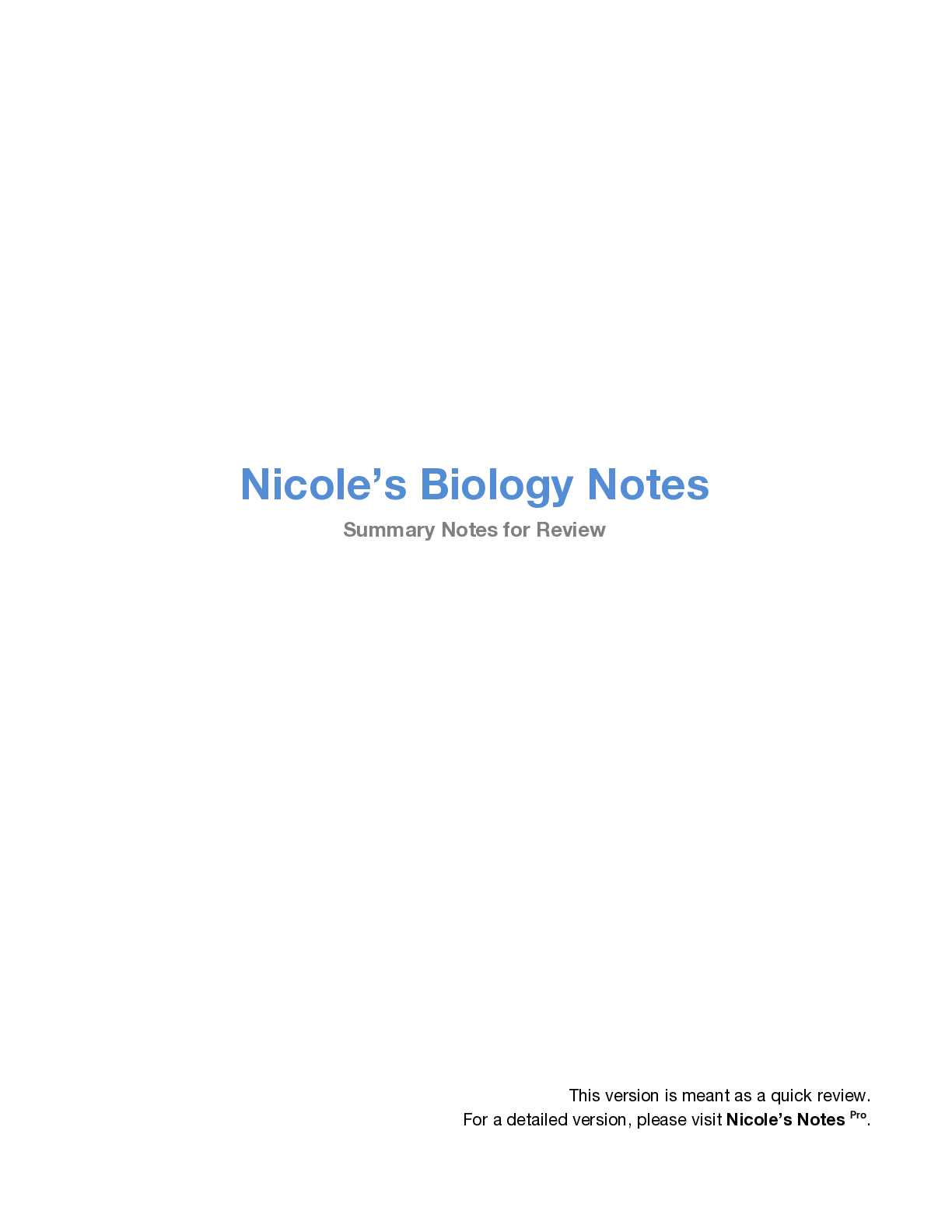
Reviews( 0 )
Document information
Connected school, study & course
About the document
Uploaded On
Jul 31, 2021
Number of pages
112
Written in
Additional information
This document has been written for:
Uploaded
Jul 31, 2021
Downloads
0
Views
160

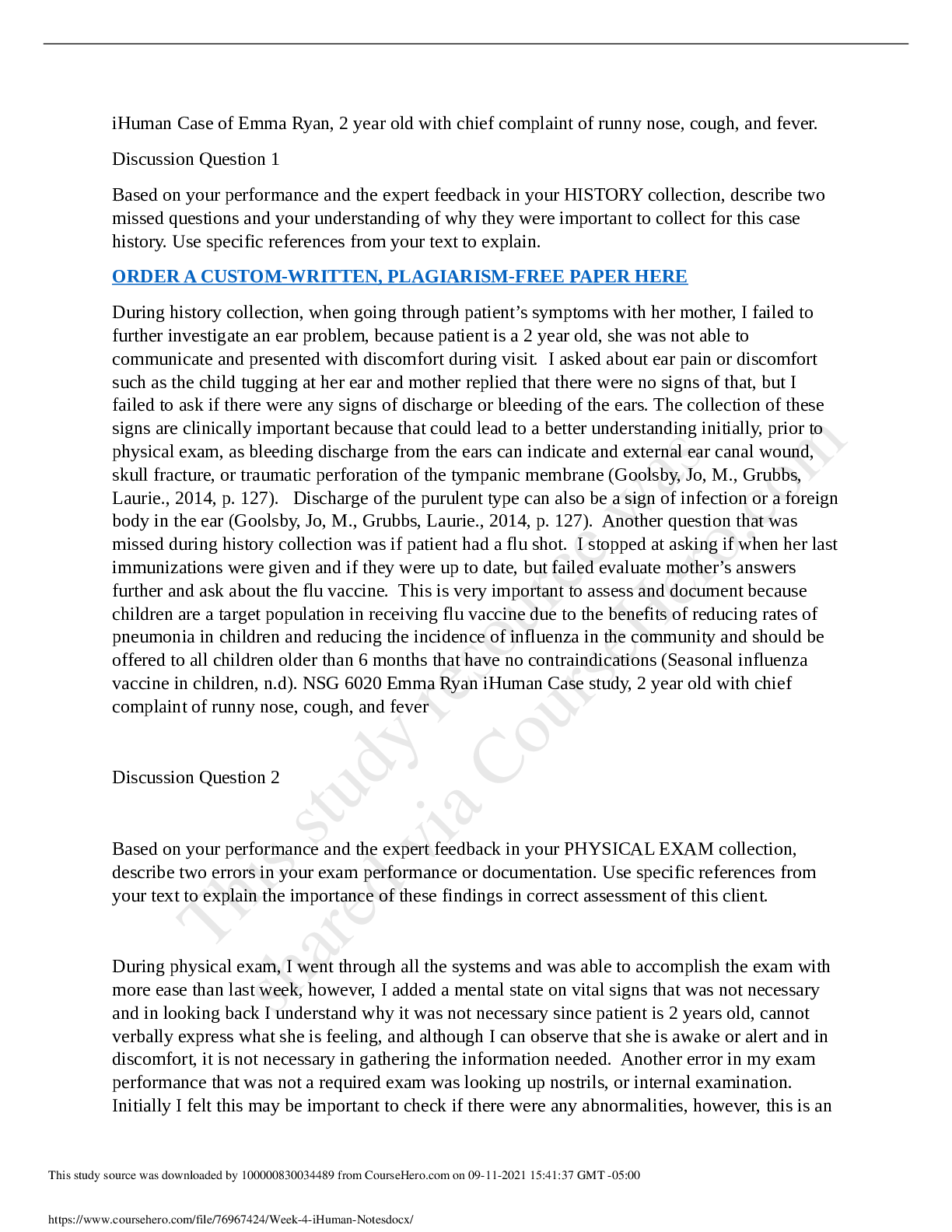
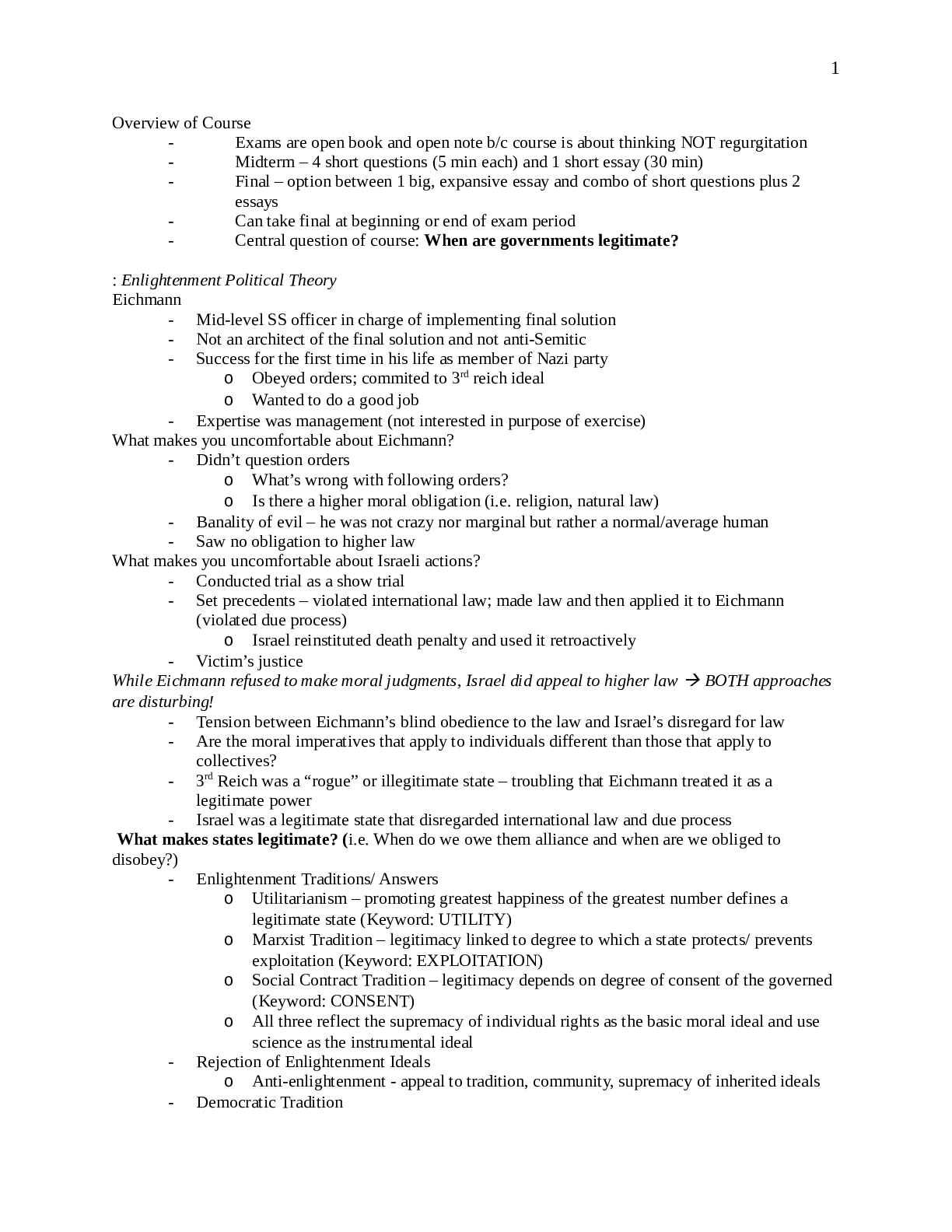




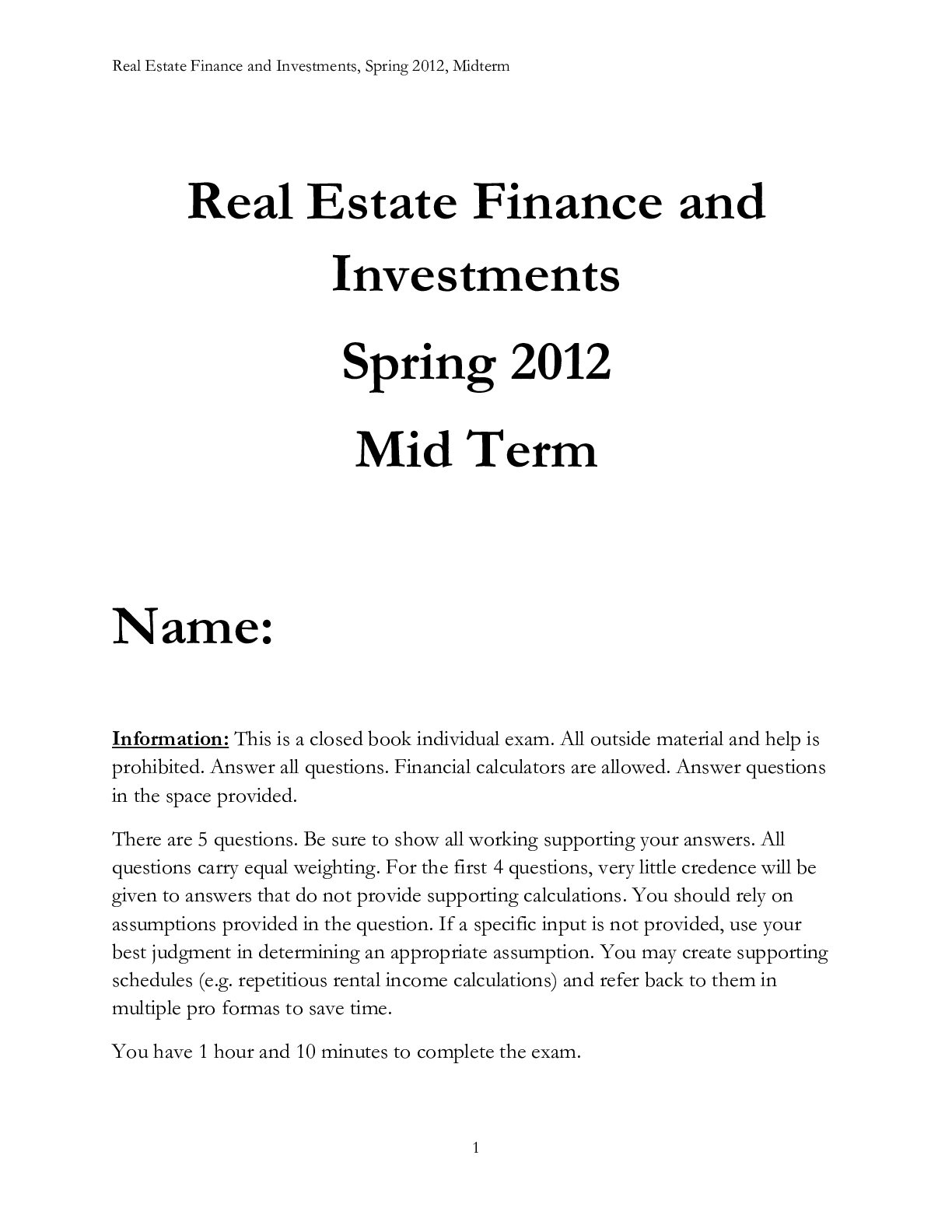


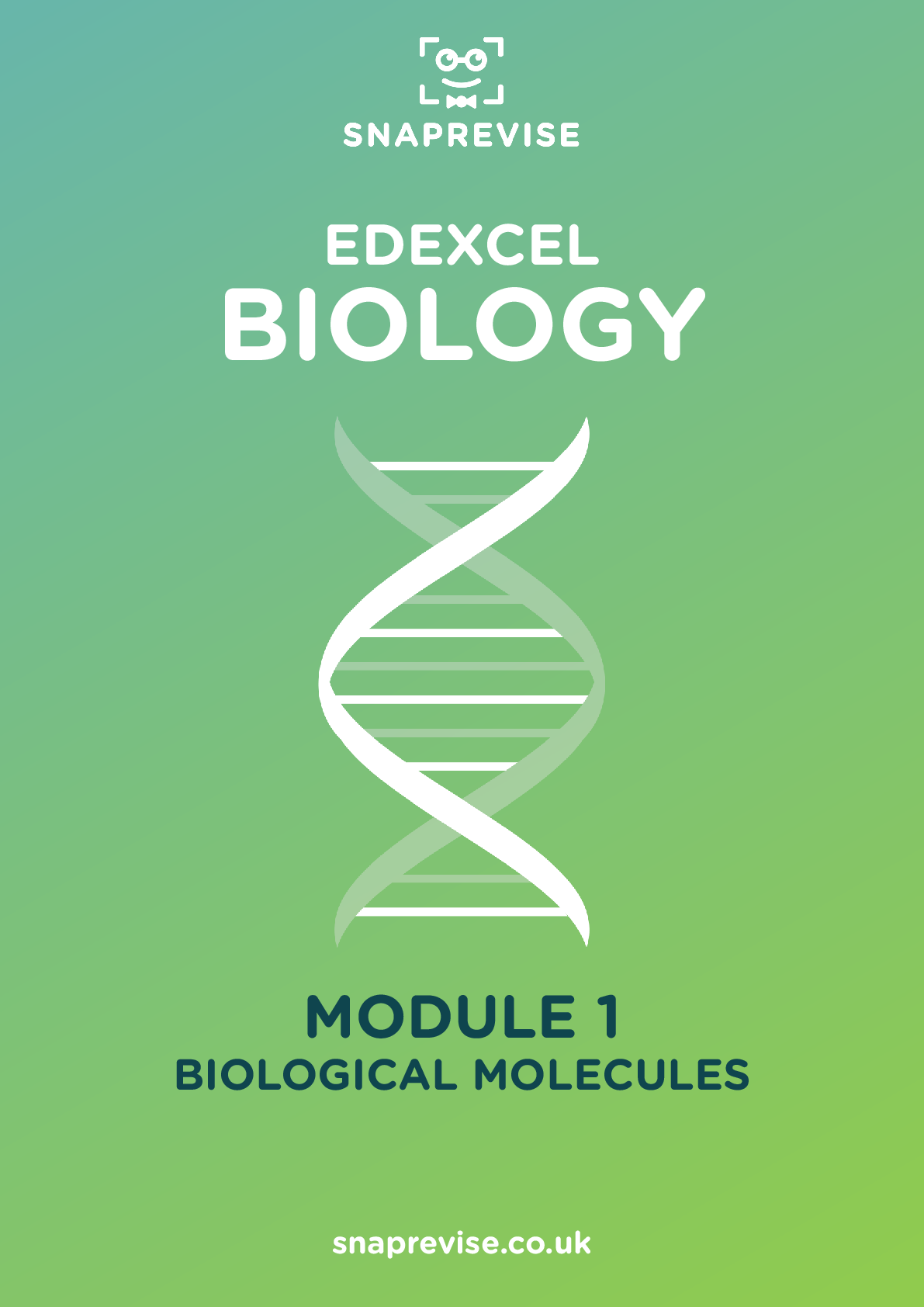

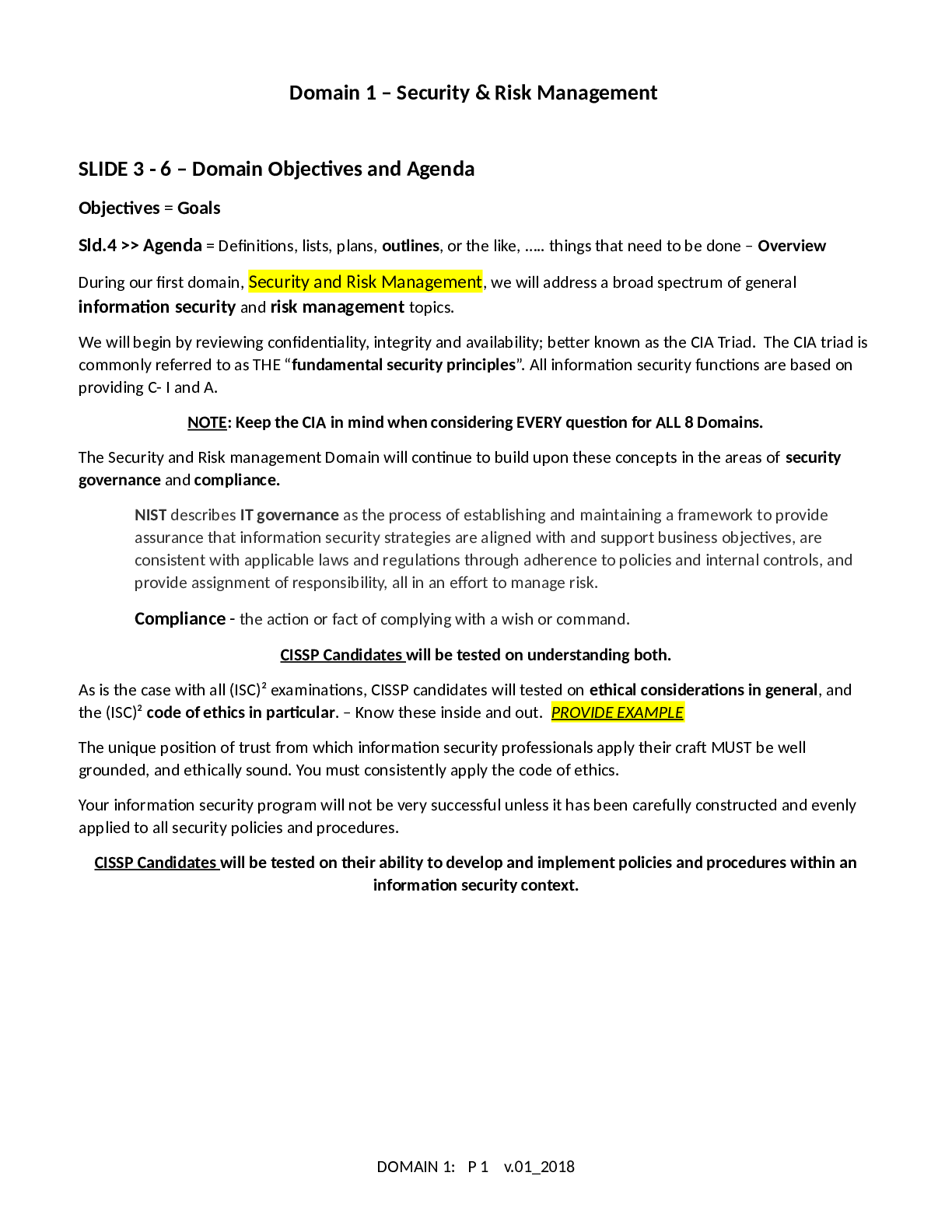

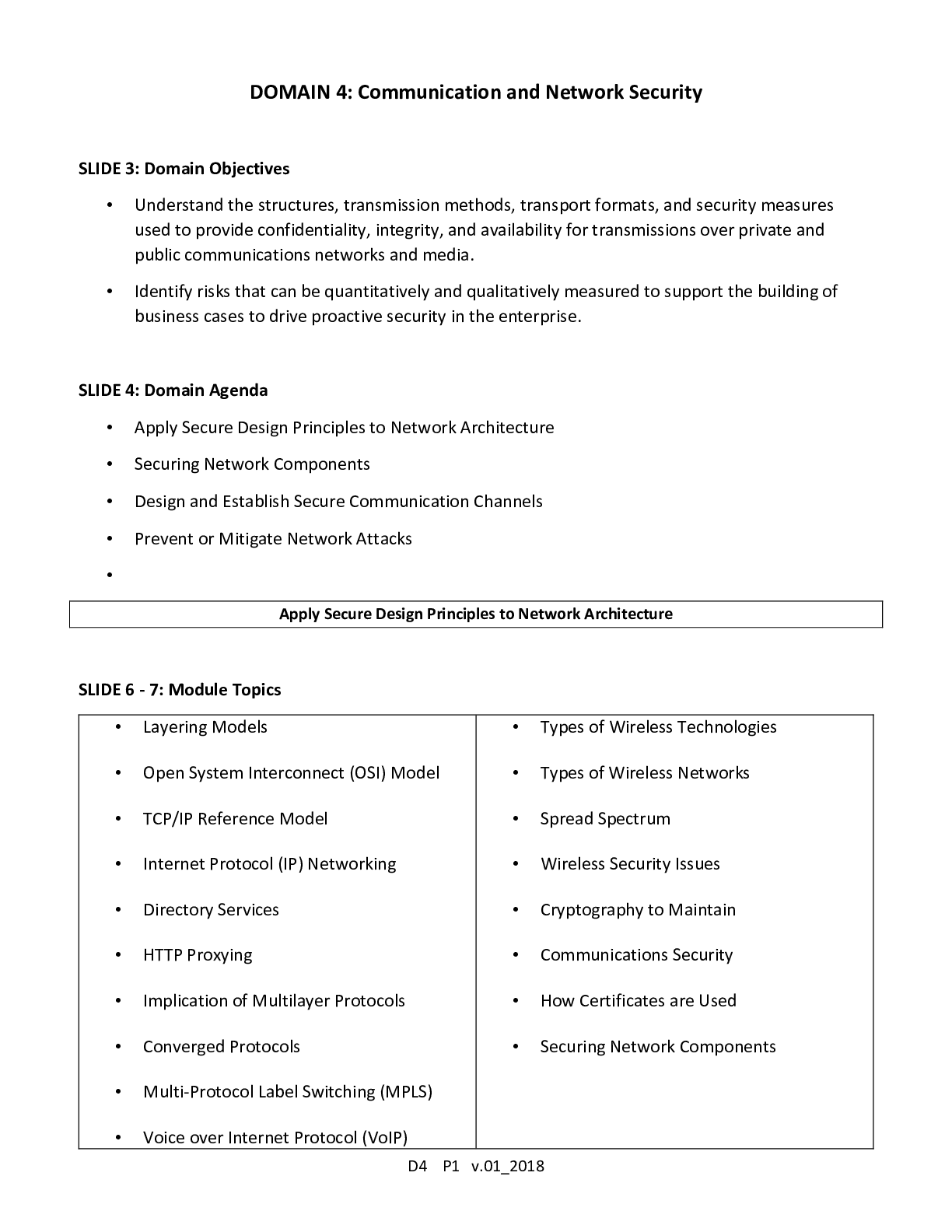

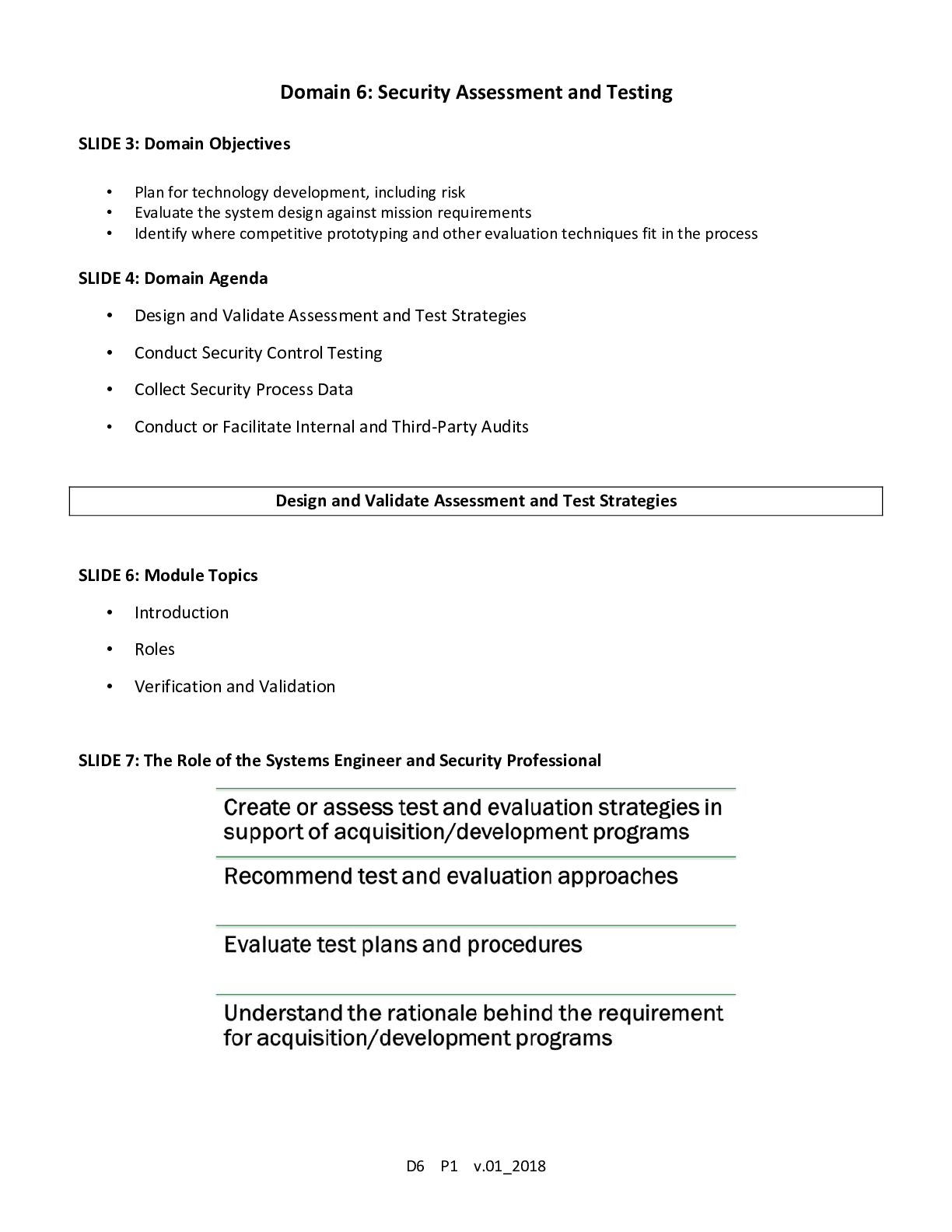
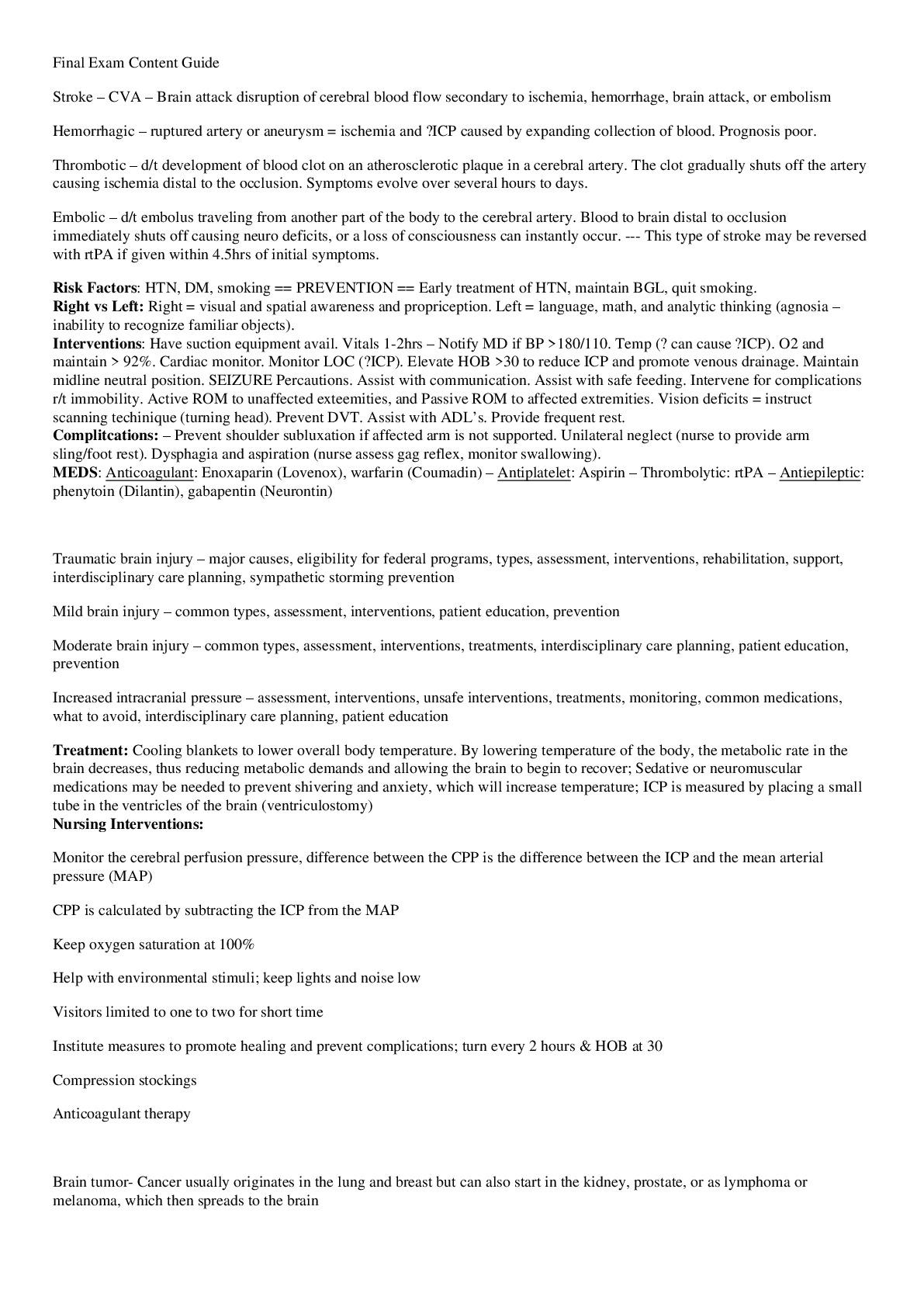
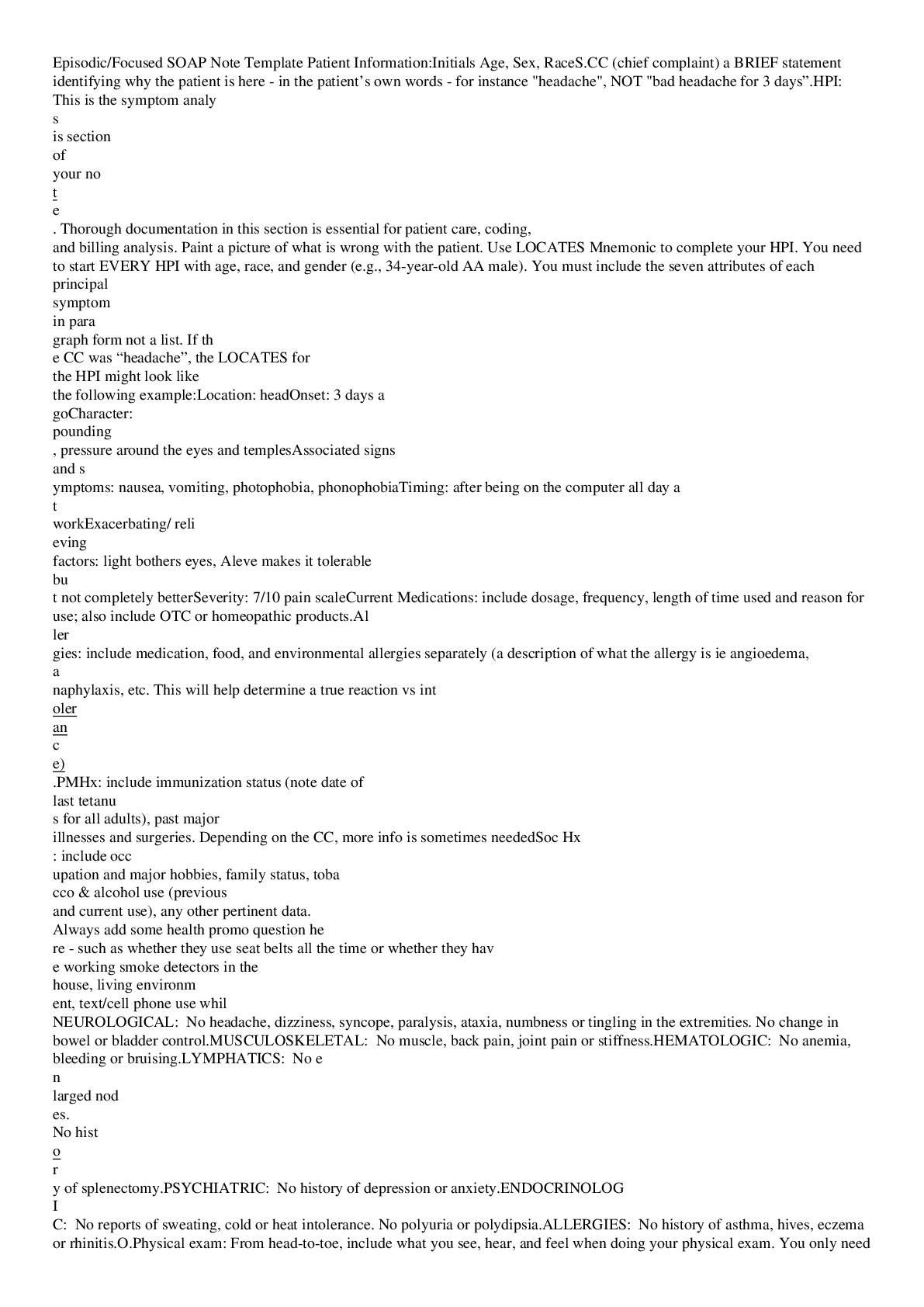
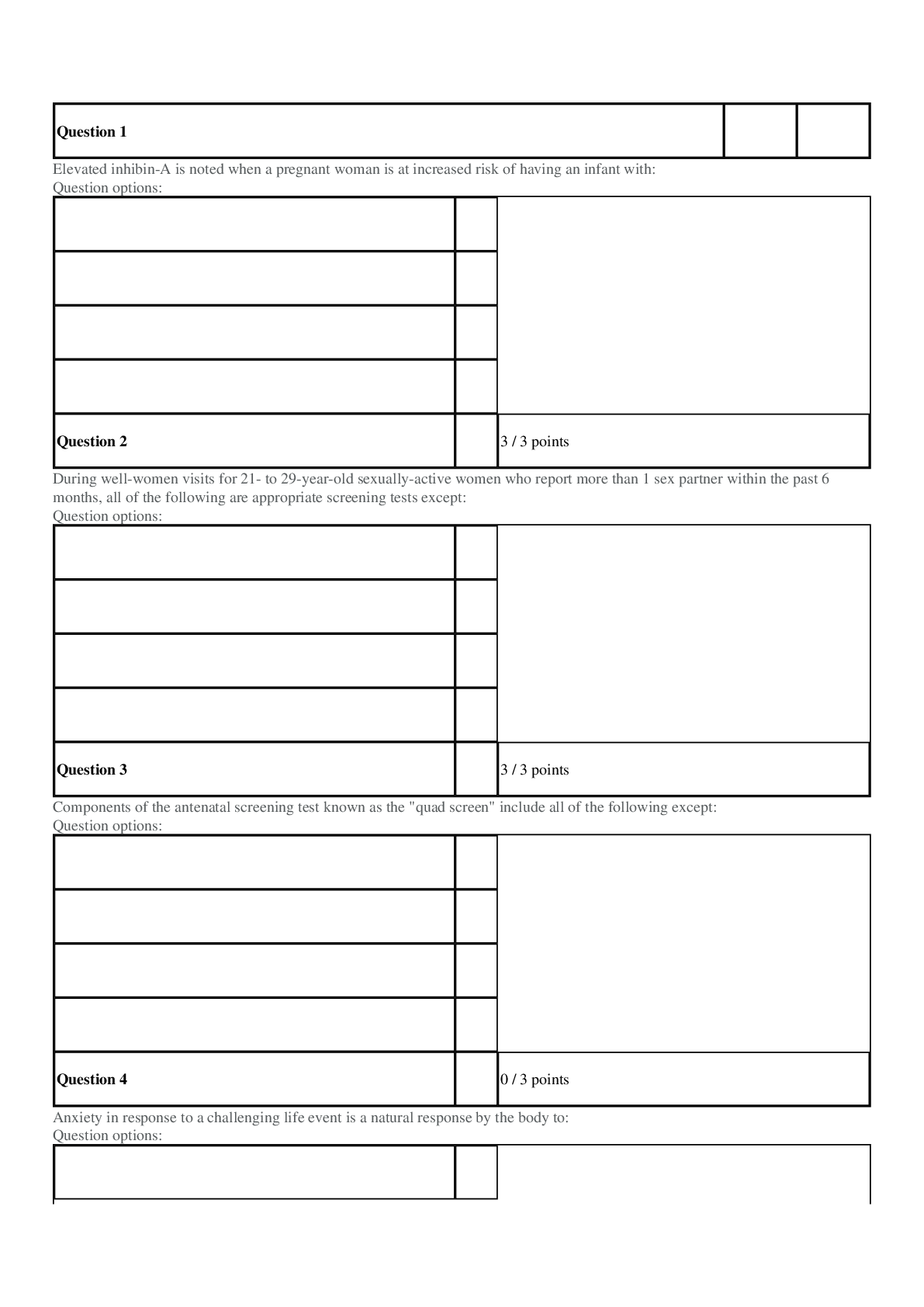
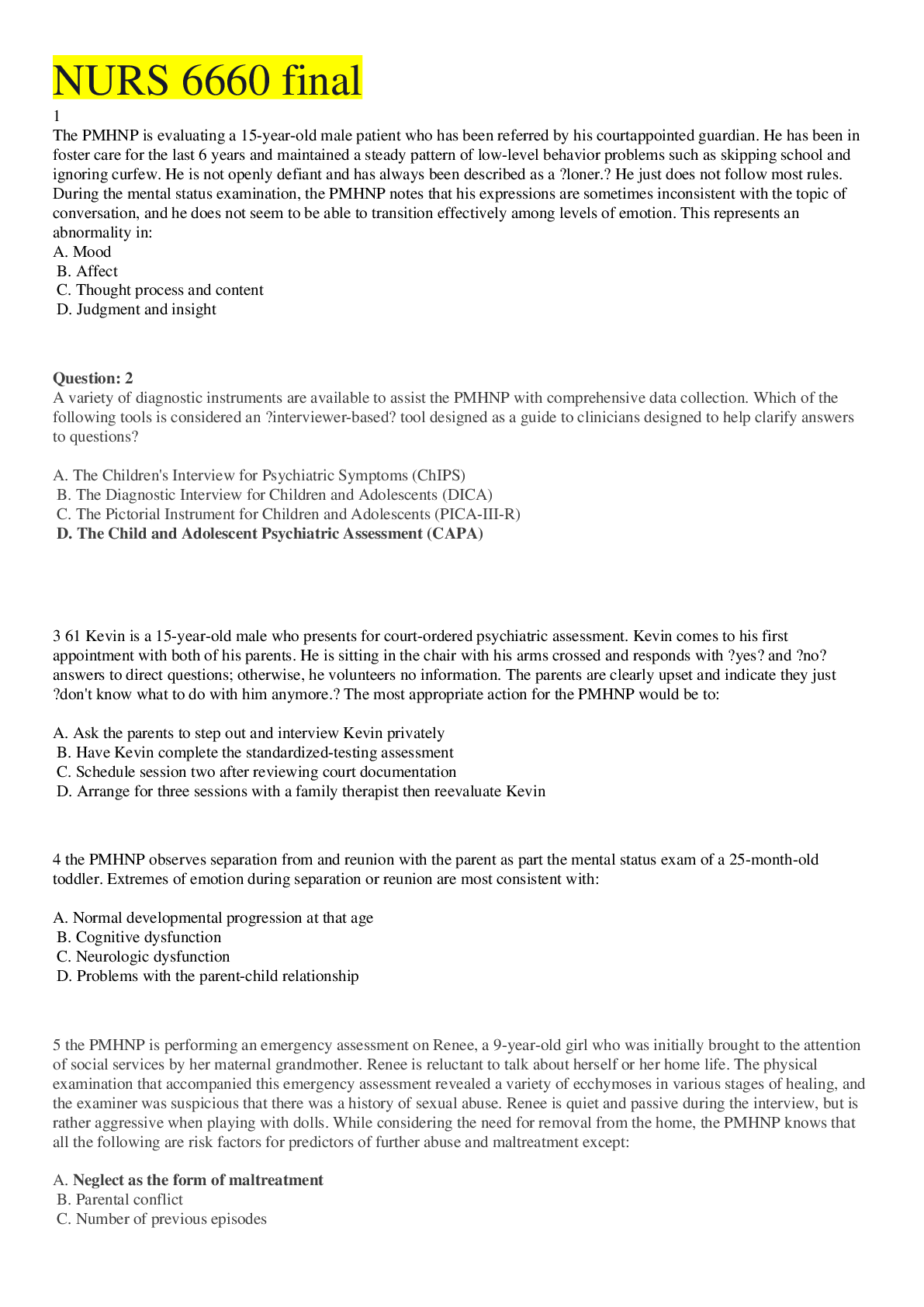
.png)
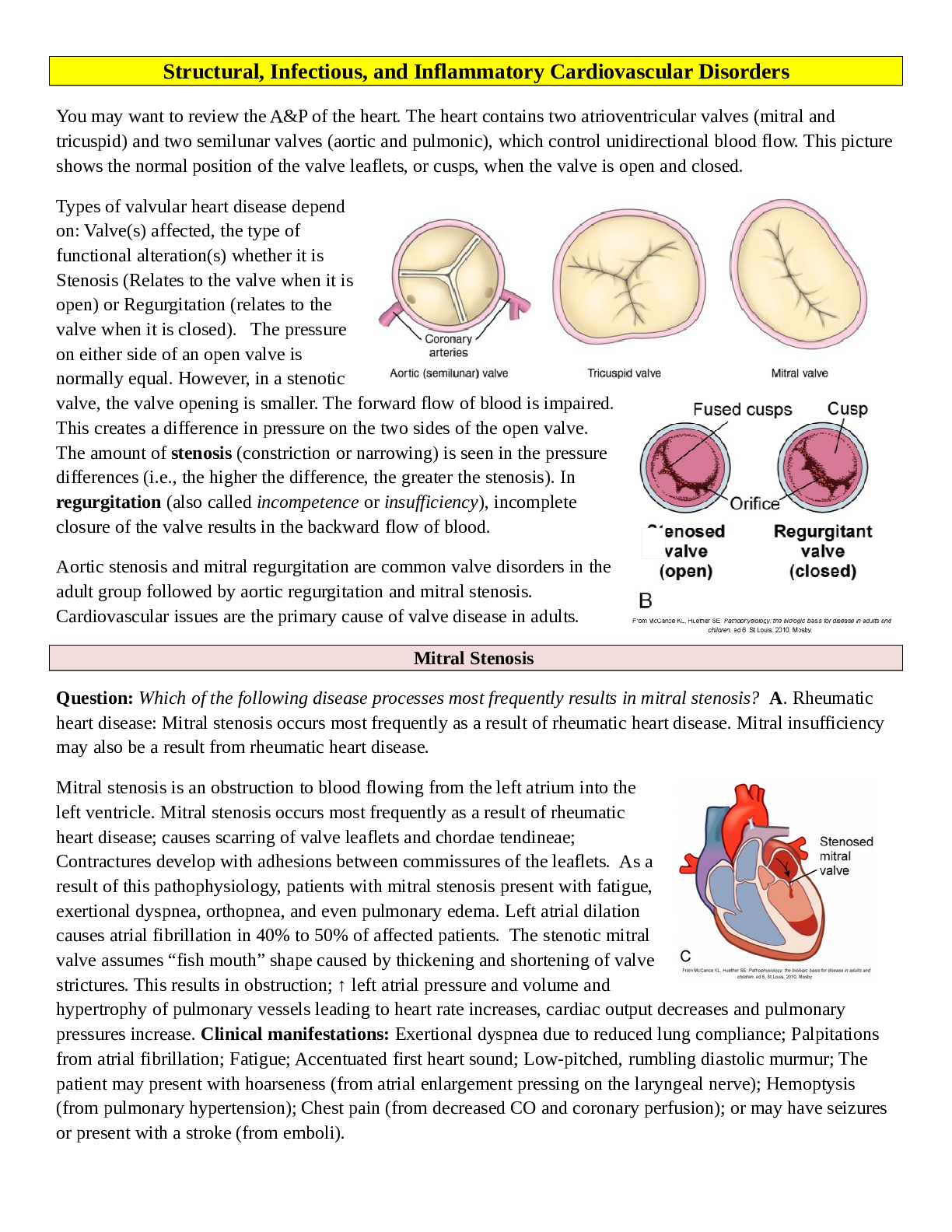
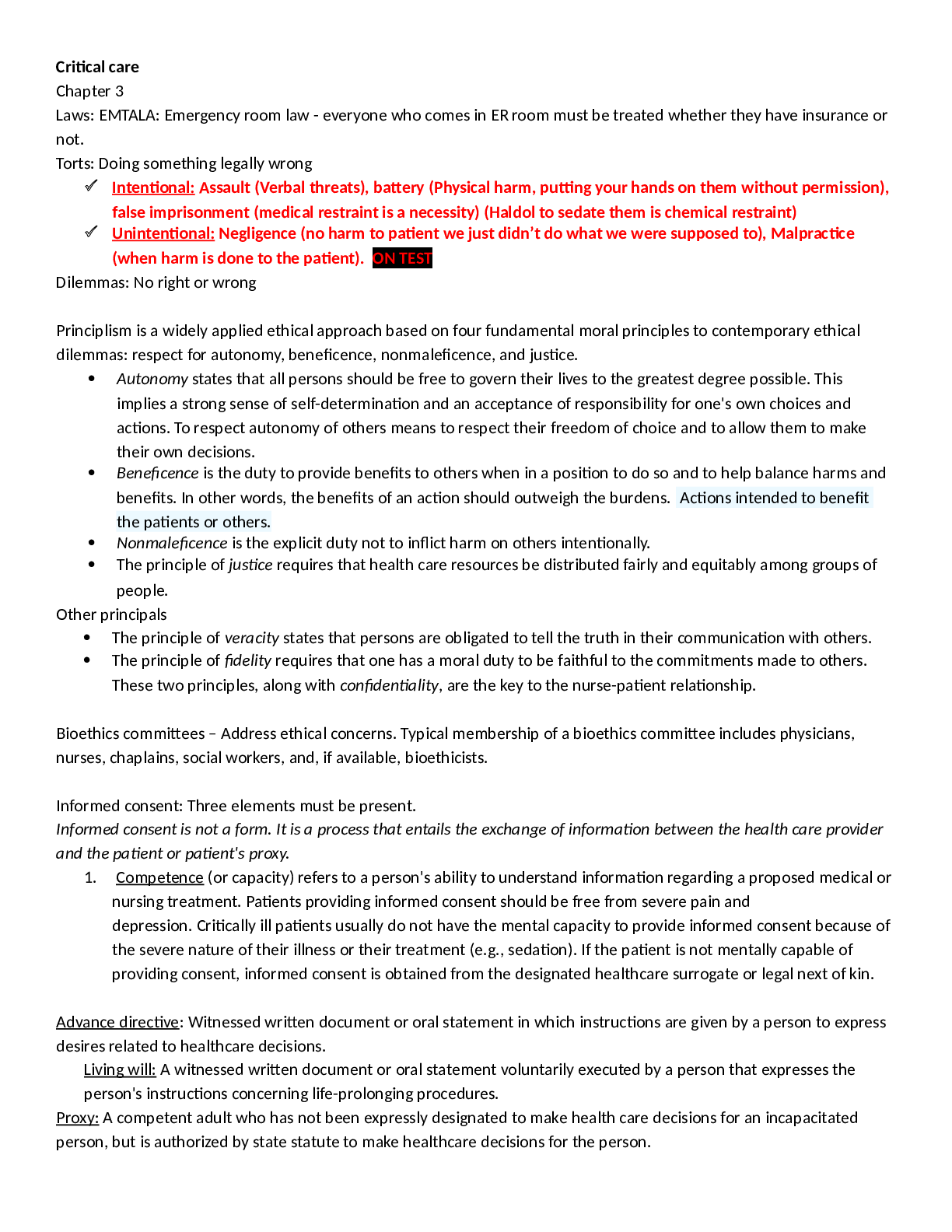
 (1).png)
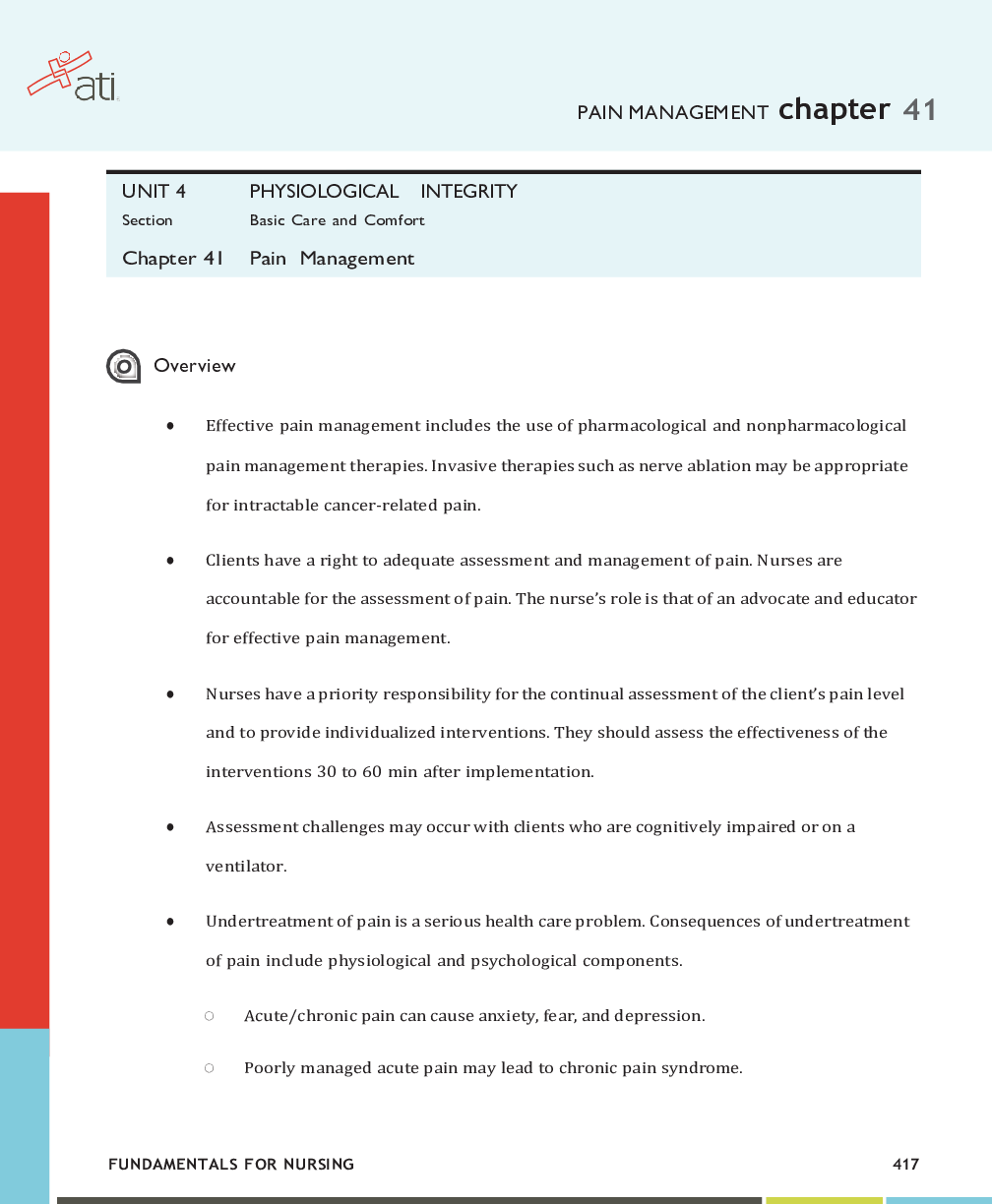
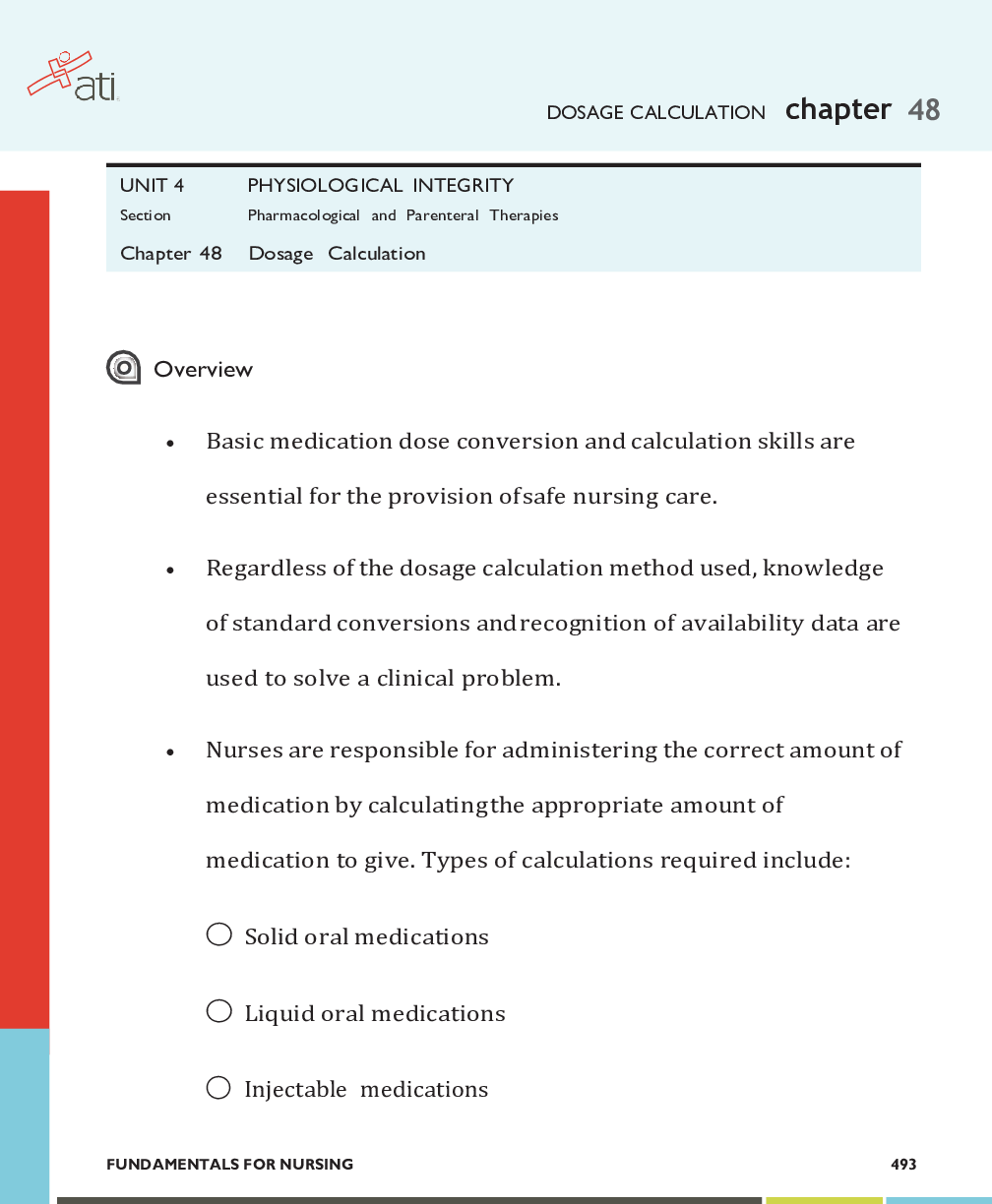

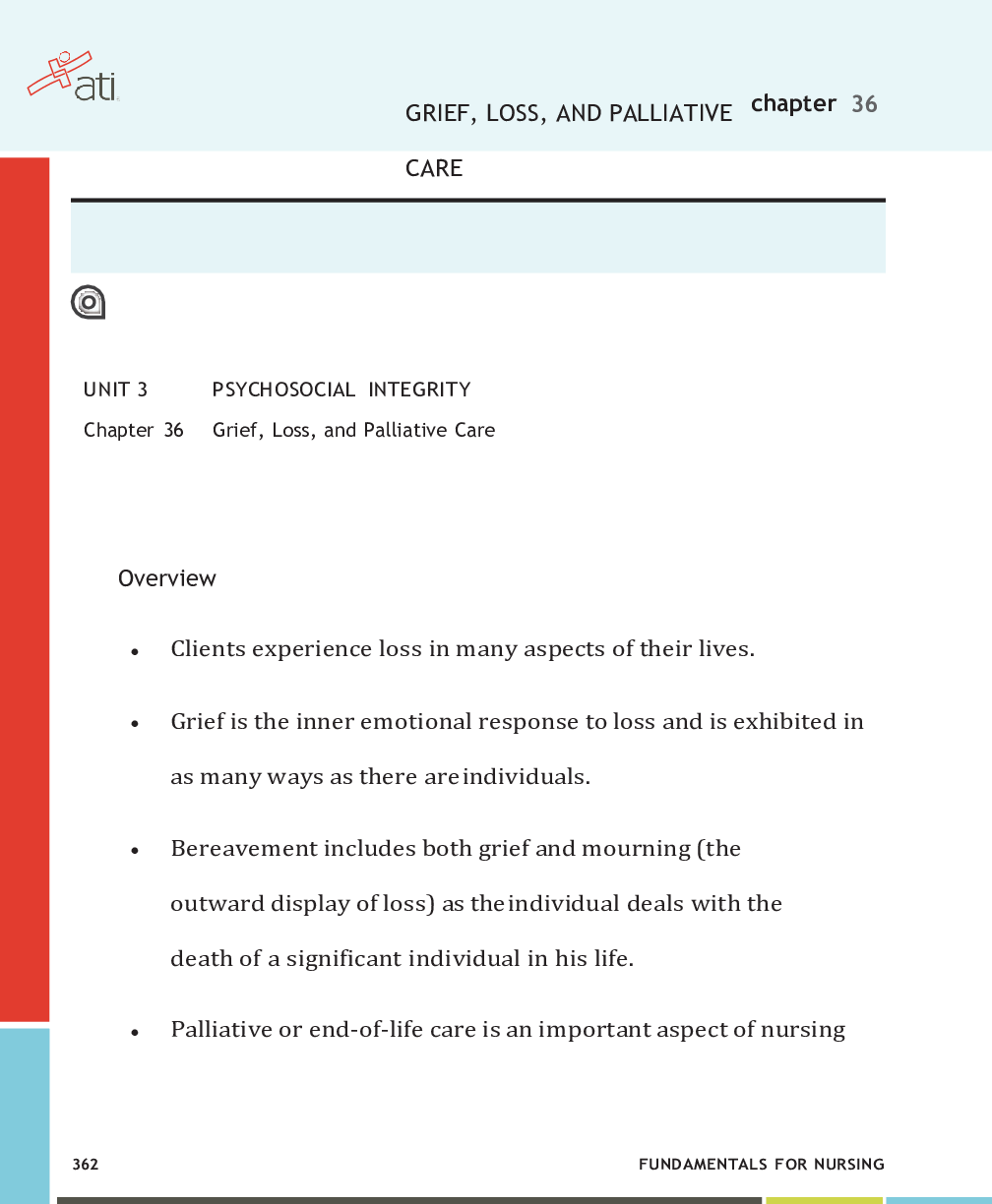
 Correct Study Guide, Download to Score A.png)
 Correct Study Guide, Download to Score A.png)

 Correct Study Guide, Download to Score A.png)
 Correct Study Guide, Download to Score A.png)
 Correct Study Guide, Download to Score A.png)

 Correct Study Guide, Download to Score A.png)

